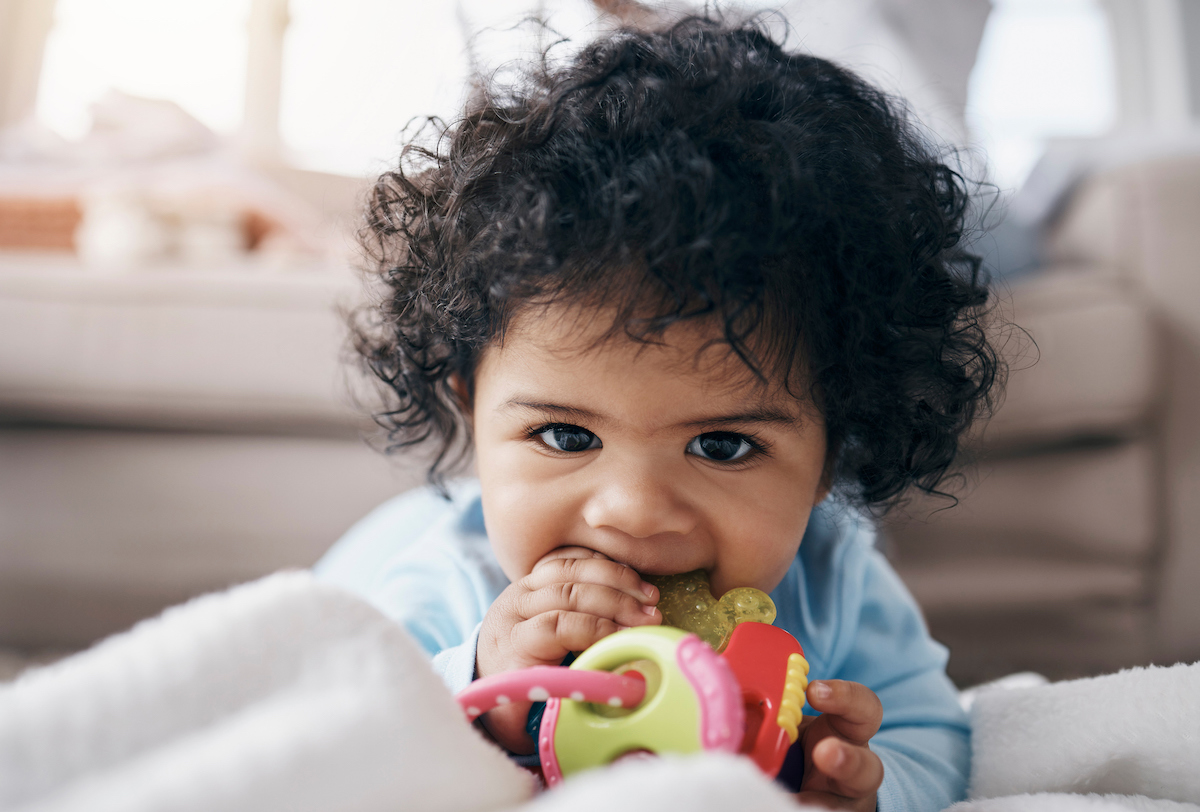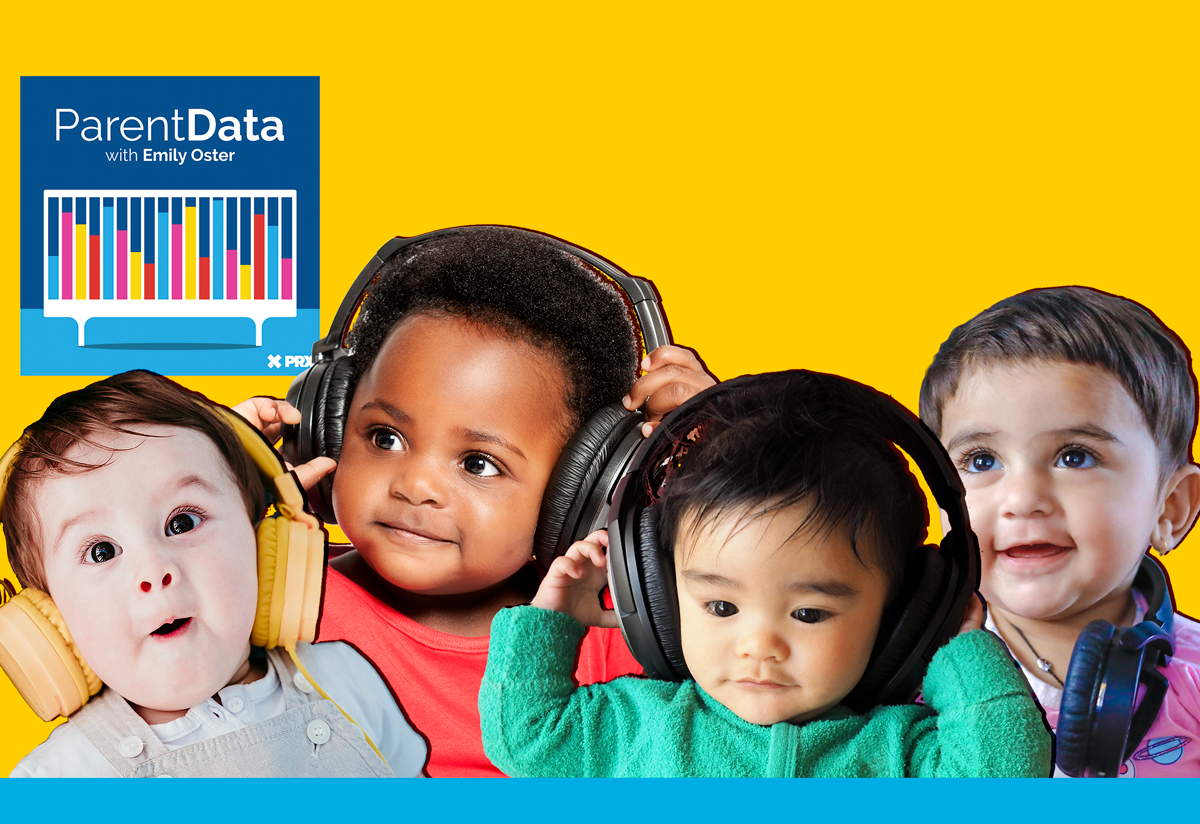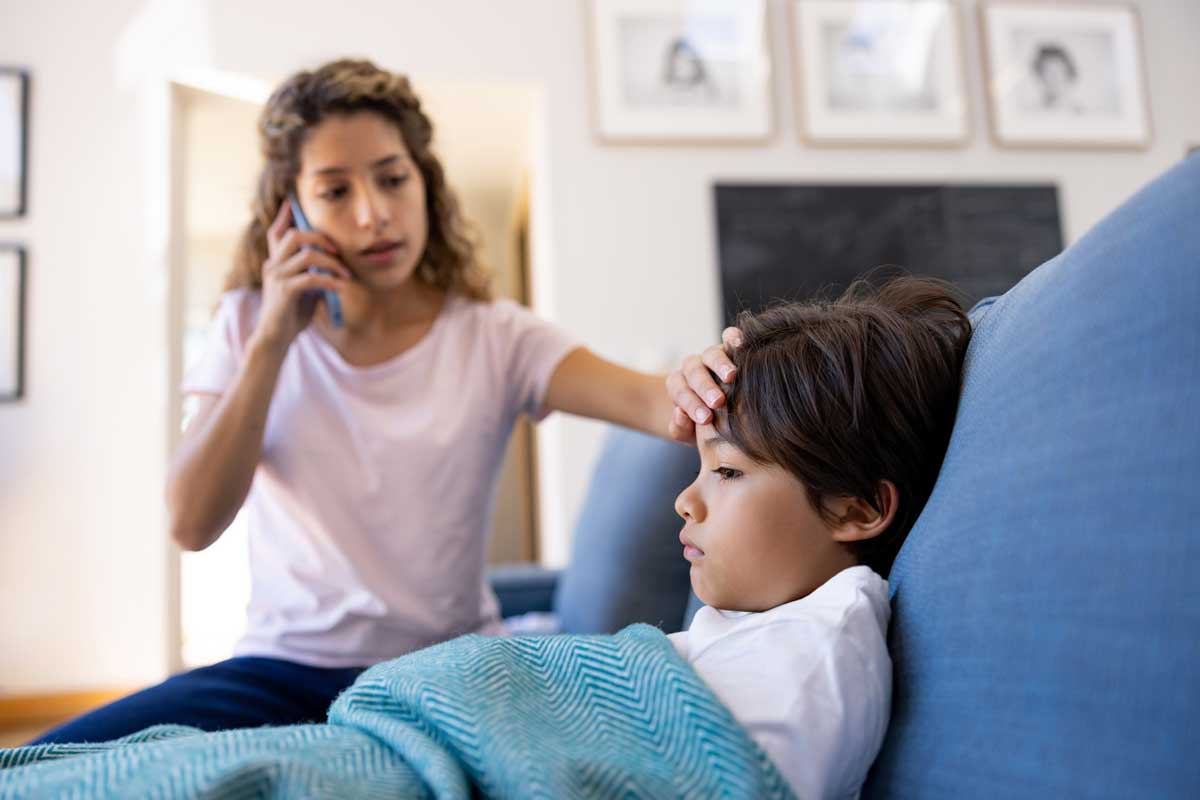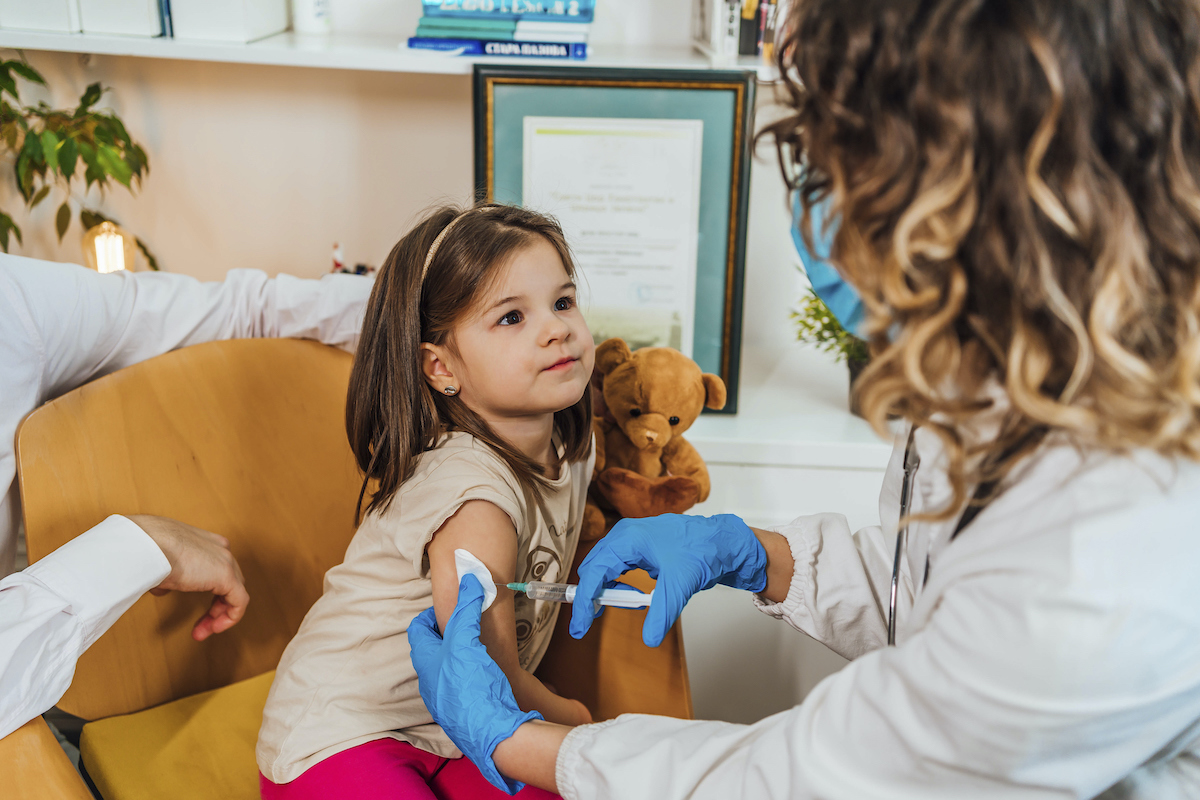As a mom of a toddler and a preschooler, I am so tired of being sick. I found this study that appears to say that swabbing your nose and gargling with salt water can help prevent illness. Is this legit? I would do it every single day if it meant we could be healthy for a change!
—Tissue Bankruptcy
Before I get into answering your question, let me just remind you that, salt water or no, it will get better as your kids age. You are pretty much in the worst of it now. As your kids get bigger, they will be sick less. Hang in there!
To your saline question.
Saline irrigation — think neti pots, or those machines that shoot water into your nose (or your child’s nose) — has some mild support in the literature suggesting it may decrease symptoms of a cold. This kind of irrigation isn’t swabbing; it’s more like pouring or shooting water up your nose, and the effect is to clear out the sinuses and the nasal passages.
The evidence supporting this (see a Cochrane review here) isn’t extremely strong. We do not have large randomized trials run on representative populations — it’s more small trials, run on particular groups — and the outcomes often are not comprehensive. The general consensus seems to be that it might work to some extent, and for many people it makes them more comfortable. So it’s worth trying.
An important caveat: If you do this type of irrigation, you must use sterile water, not tap water. Although the risk is very low, tap water can harbor amoebas that are dangerous when used this way.
Similarly, gargling with warm salt water can be effective in relieving sore throat symptoms, and is one piece of general treatment advice that is given to adults and older children. It’s not necessarily going to make you get better faster, but it may make you feel better, which is also important.
Unfortunately, the evidence in favor of either of these approaches preventing illness isn’t there. The paper you linked is an interesting example where the claims made do not line up with the evidence the authors cite to support them. For example, the paper says that saline irrigation has been shown to prevent colds, but the citations are to papers showing they are an effective treatment for colds. It’s a subtle but important distinction. This is perhaps a good reminder that, often, “studies show” doesn’t mean that the studies are reliable.
There is not much you can do, I am afraid, to avoid illness, other than frequent hand washing and measures like avoiding sharing food with your kids. And, of course, waiting for them to get older.


















Log in